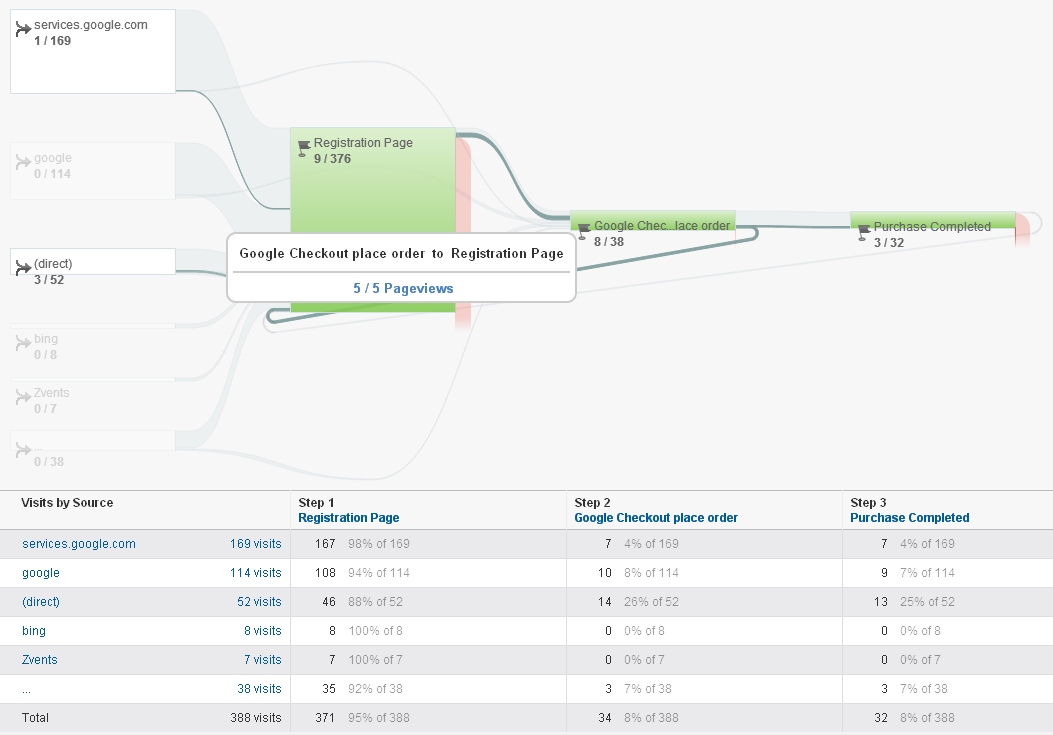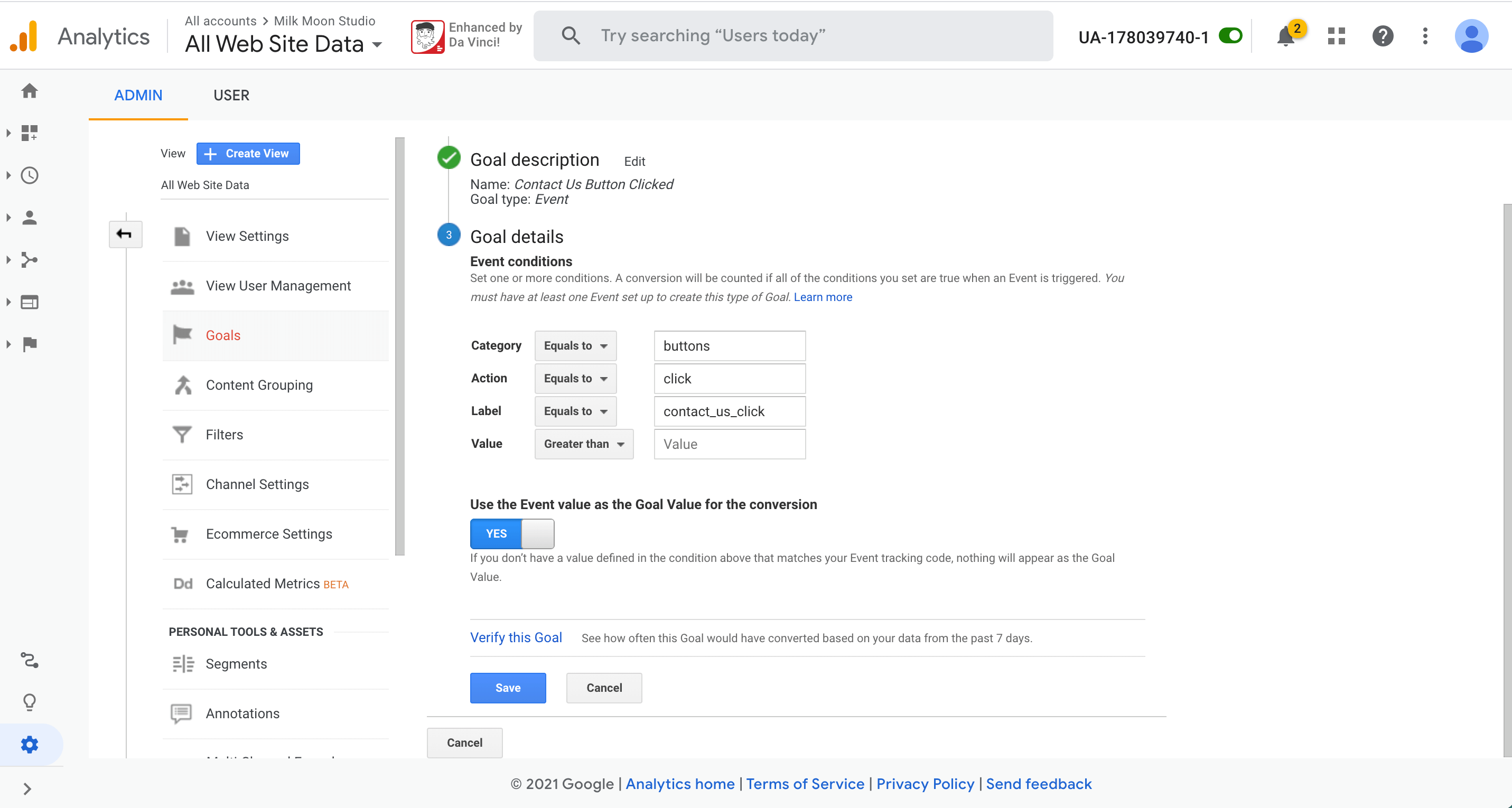What Data Is Google Analytics Goals Unable to Track: Discover the Limitations
What Data Is Google Analytics Goals Unable to Track: Discover the Limitations
Blog Article
Discover the Limitations of Google Analytics Goals: Unveiling the Information Types That Remain Untrackable
As services increasingly rely on data-driven decision-making, understanding the constraints of devices like Google Analytics becomes critical. While Google Analytics Goals offer useful understandings into user communications, there exist information kinds that thwart monitoring, posturing challenges to a detailed understanding of user behavior.
Incomplete User Journey Tracking
Incomplete user trip tracking within Google Analytics can prevent the capacity to precisely analyze individual habits. When the individual trip is not totally tracked, there are spaces in the data that stop a comprehensive understanding of just how users connect with a website. This lack of understanding can lead to missed chances for optimization and improvements to the individual experience.
One usual problem with insufficient customer journey tracking is the failure to see the full course that users take in the past finishing a goal or leaving the site. Without this information, it is challenging to determine where users may be coming across obstacles or rubbing factors that stop them from converting. In addition, insufficient tracking can cover the influence of particular advertising initiatives or web site adjustments on customer behavior.
To resolve this constraint, it is important to establish appropriate monitoring systems within Google Analytics to capture the entire user journey. This might entail establishing event tracking, goal funnels, or making use of devices like Google Tag Supervisor to make sure that no crucial interactions go unrecorded. By obtaining a detailed view of the customer trip, internet site proprietors can make more informed decisions to enhance individual involvement and drive conversions.
Attribution Difficulties
Navigating with acknowledgment difficulties in Google Analytics calls for a detailed understanding of exactly how various touchpoints contribute to the overall conversion process. Acknowledgment difficulties emerge from the intricacy of modern client journeys, where customers interact with multiple channels before converting. Google Analytics offers numerous attribution designs like initial touch, last touch, and linear, each offering a different point of view on just how credit report is designated to touchpoints along the conversion path. Nevertheless, these designs might not constantly precisely show the true influence of each touchpoint on the conversion.
One usual attribution challenge is the trouble in connecting conversions to the correct source, especially in cases where individuals communicate with numerous networks before converting. This can lead to mistakes in establishing which advertising initiatives are driving one of the most conversions. Additionally, cross-device tracking presents another acknowledgment obstacle, as users frequently change in between tools during their journey, making it challenging to track their interactions seamlessly. Marketers should meticulously translate and examine acknowledgment information to make enlightened choices and maximize their marketing strategies properly.
Offline Conversions
Given the difficulties connected with connecting conversions properly in online channels, the dimension of offline conversions offers a significant chance for marketing experts looking for an extra comprehensive understanding of their customers' trip. Offline conversions refer to activities that clients take in the physical world, such as making acquisitions in brick-and-mortar shops or over the phone, going to occasions, or engaging with published materials - what data is google analytics goals unable to track. These conversions are critical for companies that operate both online and offline, as they provide important insights right into the performance of advertising and marketing campaigns throughout various touchpoints
Tracking offline conversions generally positioned a substantial challenge for marketing experts, as it was testing to link these activities back to details on-line interactions properly. With innovations in modern technology, such as the combination of CRM systems, special identifiers, and coupon codes, organizations can currently bridge the void in between online and offline information to get a more holistic sight of consumer behavior. By successfully gauging offline conversions, marketing experts can enhance their strategies, assign sources extra effectively, and eventually enhance the general consumer experience.
Cross-Device Monitoring
Cross-device tracking plays a vital duty in recognizing the interconnected nature of consumers' electronic interactions throughout several devices. In today's omnichannel globe, where individuals seamlessly change between tablets, desktop computers, and mobile phones, tracking their actions throughout these tools is crucial for marketing experts to gain a detailed sight of their consumer journey.

Furthermore, privacy concerns here are the findings and regulations such as GDPR and CCPA have better challenging cross-device monitoring. With customers requiring even more control over their data and boosted limitations on monitoring technologies, marketing experts have to discover cutting-edge and privacy-compliant means to attach individual communications across tools.
Dynamic Web Content Interaction
Understanding individual involvement with vibrant content is critical in optimizing electronic advertising strategies for enhanced audience interaction. Dynamic content refers to internet site aspects that transform based upon customer actions, preferences, or other variables, providing a personalized experience. However, tracking customer interactions with dynamic web content positions difficulties for traditional analytics devices like Google Analytics.
While Google Analytics can track standard interactions like clicks and web page views, it might struggle to capture even more nuanced interactions within dynamic content. what data is google analytics goals unable to track. Metrics such as time invested in certain dynamic elements, float actions, or interactions within pop-ups are commonly not quickly quantifiable using conventional tracking techniques. This limitation prevents marketing professionals' ability to fully comprehend just how individuals are involving with vibrant web content and customize their strategies accordingly

Verdict
In final thought, Google Analytics goals have constraints in tracking insufficient user journeys, attributing conversions precisely, capturing offline conversions, tracking cross-device interactions, and gauging dynamic material interaction. These restraints highlight the relevance of checking out additional monitoring methods and tools to get an extra detailed understanding of customer habits and conversions beyond what Google Analytics can supply.
While Google Analytics Goals deal useful insights right into customer communications, there exist information kinds that elude tracking, presenting difficulties to a thorough understanding of individual pop over to this site habits.Insufficient customer journey monitoring within Google Analytics can prevent the ability to accurately assess user habits. When the customer journey is not totally tracked, there are voids in the data that stop a detailed understanding of just how customers interact with a site.One common problem with insufficient individual journey tracking is the inability to see the full course that users take in the past completing a goal or leaving the site. By gaining a detailed sight of the customer trip, site owners can make more informed choices to boost user involvement and drive conversions.
Report this page